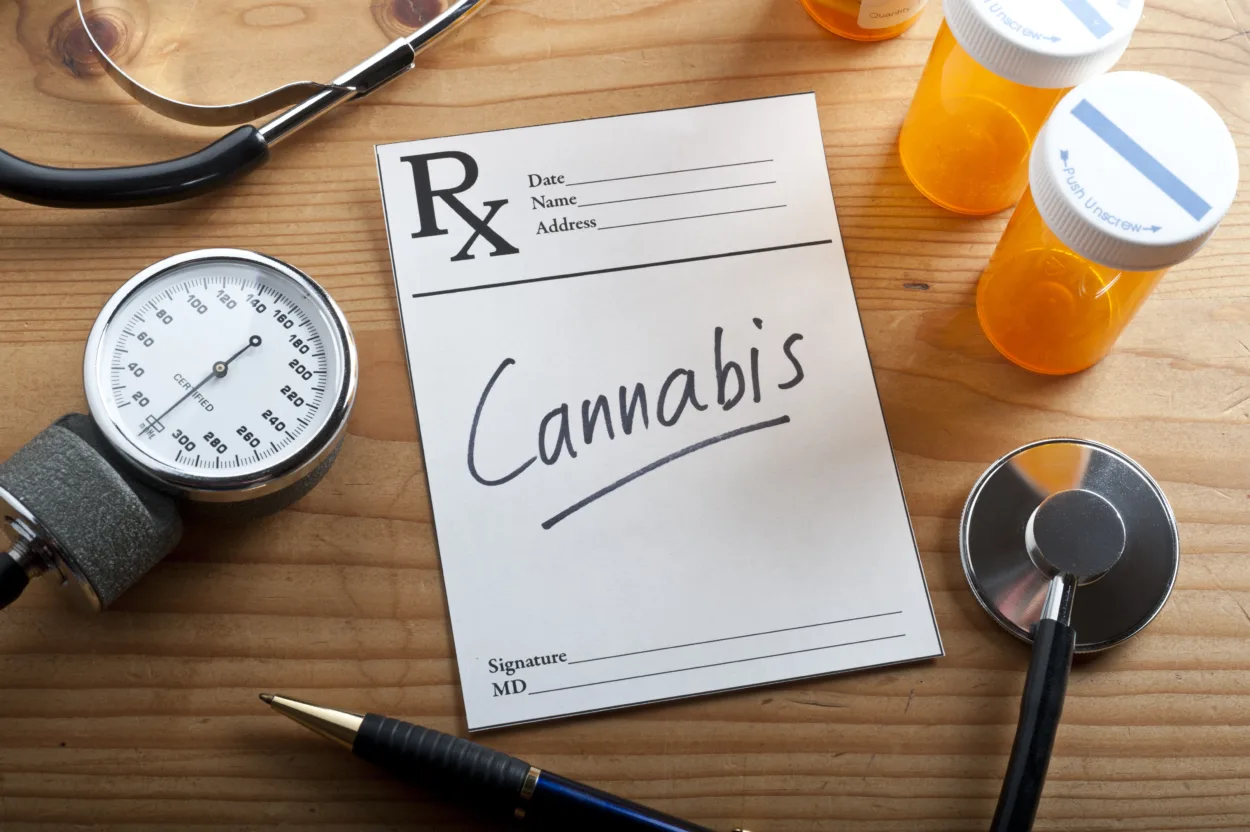A Comprehensive Overview of Co-Occurring Disorders

You may have heard the term “co-occurring disorders” in the context of mental health. But what exactly are co-occurring disorders, and how do they impact individuals? Let’s explore examples, treatment options and the importance of addressing both conditions simultaneously.
What Are Co-Occurring Disorders?
The term co-occurring disorders, also known as dual diagnosis or comorbidity, refers to patients who are presenting with both a mental health disorder and a substance use disorder. This combination can complicate diagnosis, treatment and recovery processes, presenting unique challenges for both healthcare professionals and patients.
Examples of Co-Occurring Disorders
Common examples of co-occurring disorders include:
1. Depression and Alcohol Use Disorder: Depression, characterized by persistent feelings of sadness and hopelessness, often coexists with alcohol use disorder, leading individuals to self-medicate with alcohol to alleviate emotional distress.
2. Anxiety Disorders and Substance Abuse: Anxiety disorders, such as generalized anxiety disorder or panic disorder, frequently occur alongside substance abuse as individuals seek relief from overwhelming feelings of fear and worry.
3. Bipolar Disorder and Drug Dependence: Bipolar disorder, marked by extreme mood swings between manic highs and depressive lows, can intersect with drug dependence, as individuals may use substances to regulate their mood or alleviate symptoms.
4. Post-Traumatic Stress Disorder (PTSD) and Substance Use: PTSD, triggered by experiencing or witnessing traumatic events, often co-occurs with substance use, as individuals may turn to drugs or alcohol to numb intrusive memories or alleviate hypervigilance.
The relationship between mental health disorders and substance misuse is complex, and integrated treatment approaches are necessary for recovery.
Treatment Approaches for Co-Occurring Disorders
Effectively addressing co-occurring disorders requires a holistic approach that acknowledges the interconnected nature of mental health and substance use issues. Here are some key components of treatment:
1. Integrated Dual Diagnosis Treatment: Integrated dual diagnosis treatment combines mental health and substance abuse interventions into a unified, comprehensive approach. This may involve therapy modalities such as cognitive-behavioral therapy (CBT), dialectical behavior therapy (DBT) and motivational interviewing, tailored to meet the unique needs of individuals with co-occurring disorders.
2. Medication Management: Pharmacotherapy plays a crucial role in managing co-occurring disorders, particularly in stabilizing mood, reducing cravings, and addressing psychiatric symptoms. Antidepressants, mood stabilizers and anti-anxiety medications may be prescribed with behavioral therapies to optimize treatment outcomes.
3. Supportive Services: Beyond clinical interventions, individuals with co-occurring disorders benefit from access to a range of supportive services, including peer support groups, vocational rehabilitation, housing assistance and case management. These resources enhance social support networks, promote recovery-oriented lifestyles and address practical barriers to treatment engagement.
4. Continuum of Care: Recognizing that recovery is a dynamic process, a continuum of care ensures that individuals receive ongoing support across various stages of treatment and recovery. This may involve transitioning from intensive outpatient programs to step-down levels of care, such as outpatient therapy or community-based services, to maintain long-term stability and prevent relapse.
5. Dual-Focused Clinicians: Effective treatment of co-occurring disorders necessitates the expertise of clinicians who have experience with both mental health and addiction as well as collaboration between mental health and substance use treatment teams. Clinicians must possess the knowledge and skills to assess, diagnose and treat co-occurring conditions.
By embracing holistic interventions, including integrated dual diagnosis treatment, medication management, supportive services and a continuum of care, individuals with co-occurring disorders can embark on a path toward recovery and wellness. Understanding the intricacies of co-occurring disorders is essential for improving outcomes for individuals struggling with these challenging conditions.






